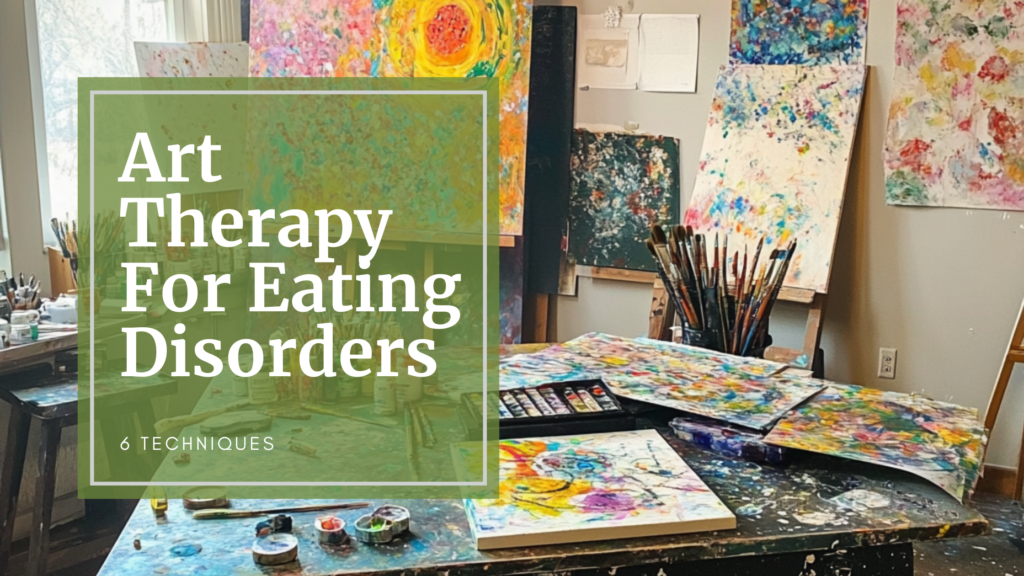Color Therapy: A Comprehensive Guide to Healing through Color

Introduction to Color Therapy
Color therapy, also known as chromotherapy or color healing, is a holistic, non-invasive healing technique that utilizes the power of colors to balance and enhance the body’s energy centers. This practice has been used for centuries and is recognized as a complementary therapy by organizations such as the International Practitioners of Holistic Medicine and the Complementary Medical Association. To learn more about holistic healing techniques, visit our Introduction to Art Therapy page.

The Science behind Color Therapy
Colors are a form of electromagnetic energy, and each color has its own wavelength and frequency. Color therapy is based on the idea that these wavelengths can have a physiological and psychological impact on our well-being. Research has shown that colors can influence our mood, emotions, and even our physical health.
For example, studies have found that exposure to blue light can help regulate circadian rhythms and improve sleep quality. Similarly, green light has been shown to have a calming effect, while red light can increase energy levels.
For more information on the scientific research behind color therapy, check out our sources:
- Journal of Evidence-Based Complementary and Alternative Medicine
- Journal of Alternative and Complementary Medicine
Color Therapy Techniques
There are several color therapy techniques that can be used to balance and harmonize the body’s energy. Some common methods include:
- Color Visualization: This technique involves imagining or meditating on specific colors to promote healing and relaxation. This can be done using guided imagery or by focusing on a colored object or image.
- Color Breathing: Color breathing involves inhaling and exhaling while visualizing a specific color. This helps to integrate the energy of the color into the body, promoting healing and balance.
- Color-infused Environment: Surrounding oneself with specific colors, either through clothing, décor, or lighting, can help to create a healing environment that supports overall well-being.
- Color Light Therapy: This technique uses colored light bulbs or LED devices to project specific colors onto the body, which is thought to help balance and align the body’s energy centers.
To explore more healing techniques, visit our Art Therapy Techniques page.
Colors and Their Healing Properties
| Color | Healing Properties |
|---|---|
| Red | Stimulates, energizes, increases blood circulation |
| Orange | Uplifts, promotes creativity, supports emotional balance |
| Yellow | Boosts confidence, strengthens the nervous system, improves concentration |
| Green | Calms, balances, promotes harmony and healing |
| Blue | Soothes, aids communication, supports mental clarity |
| Indigo | Increases intuition, promotes spiritual growth, supports deep relaxation |
| Violet | Inspires, supports transformation, aids in meditation |
For more information on the healing properties of colors, visit our Art Therapy Activities for Anxiety page.
Color Therapy Applications
Color therapy can be incorporated into various aspects of daily life, including:
- Self-care: Use color therapy during meditation, visualization, or breathing exercises to promote balance and well-being.
- Interior Design: Incorporate specific colors in your home or workspace to create a supportive and healing environment.
- Clothing and Accessories: Choose clothing and accessories with colors that align with your emotional and physical needs, or to support specific intentions.
- Creative Expression: Engage in art-making activities that utilize color therapy principles, such as painting, drawing, or collage, to facilitate emotional expression and healing.
Color therapy can also be integrated with other holistic practices, such as art therapy and energy healing modalities like Reiki or chakra balancing.
Becoming a Color Therapy Practitioner
If you are interested in pursuing a career as a color therapy practitioner, consider enrolling in our Art Therapy Practitioner Training Course. This comprehensive program will provide you with the knowledge and skills necessary to effectively use color therapy techniques in your practice.
Before starting your journey as a practitioner, take our quiz Are You an Ideal Candidate to Become an Art Therapy Practitioner? to determine if this career path is right for you.
For more information on certification and licensure in the field of art therapy, visit our Art Therapy Certification and License page. Additionally, learn how to embrace your role as a non-clinical art therapy practitioner by reading our post on Embracing Your Role as a Non-Clinical Art Therapy Practitioner.
Conclusion
Color therapy is a powerful and versatile healing modality that can be easily incorporated into daily life, providing support for emotional, mental, and physical well-being. By understanding the science behind color therapy and learning various techniques, you can begin to harness the healing power of color to enhance your own well-being or to help others as a color therapy practitioner.
If you are interested in furthering your knowledge and skills in color therapy and other holistic healing modalities, consider enrolling in our Centre of CPD Excellence accredited courses. These programs will provide you with the necessary tools and resources to expand your practice and make a positive impact on the lives of others.
Frequently Asked Questions (FAQ)
1. What is color therapy?
Color therapy, also known as chromotherapy or color healing, is a holistic, non-invasive healing technique that utilizes the power of colors to balance and enhance the body’s energy centers.
2. How does color therapy work?
Color therapy works by harnessing the specific wavelengths and frequencies of colors, which can have a physiological and psychological impact on our well-being. By applying the appropriate colors, practitioners aim to balance and harmonize the body’s energy centers.
3. Can color therapy be used alongside other healing modalities?
Yes, color therapy can be integrated with other holistic practices, such as art therapy, energy healing modalities like Reiki, and chakra balancing.
4. Are there any risks or side effects associated with color therapy?
Color therapy is generally considered safe and non-invasive. However, it is essential to work with a qualified practitioner or to familiarize yourself with proper techniques before engaging in color therapy practices. If you have any concerns or health issues, consult with a healthcare professional before starting any new therapy.
5. How can I incorporate color therapy into my daily life?
There are several ways to integrate color therapy into your daily life, including color visualization, color breathing, creating a color-infused environment, and engaging in creative expression that utilizes color therapy principles.
6. How can I become a color therapy practitioner?
To become a color therapy practitioner, consider enrolling in a comprehensive training program, such as our Art Therapy Practitioner Training Course. This program will provide you with the knowledge and skills necessary to effectively use color therapy techniques in your practice.
7. Where can I learn more about color therapy and other holistic healing techniques?
To learn more about color therapy and other holistic healing techniques, explore our Centre of CPD Excellence accredited courses and visit our various informative pages on Art Therapy Techniques, Introduction to Art Therapy, and Art Therapy Activities for Anxiety.











Studied Color Theory at Western Nebraska Community College